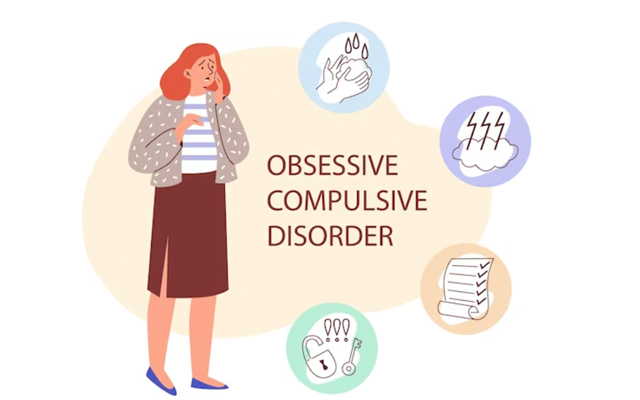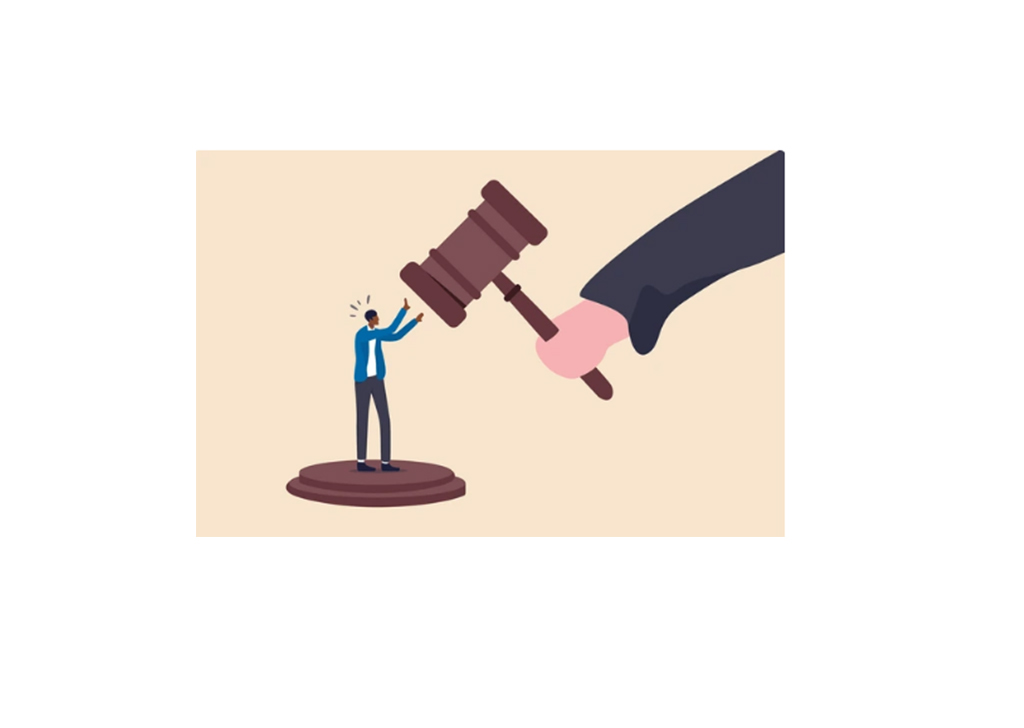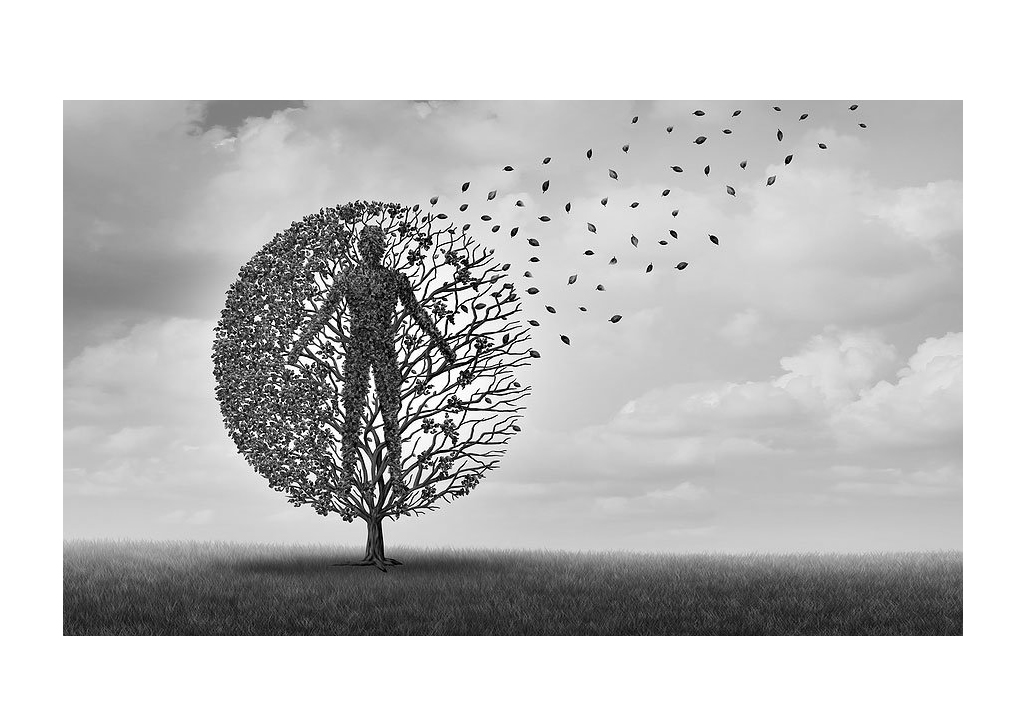Obsessive Compulsive Disorder
Although this disorder is usually associated only with obsessions, people with this disorder are also characterized by their rule-oriented, organized and perfectionist characteristics. The desire to control oneself and one's surroundings plays a negative role in social relationships, and in cases where the person cannot achieve the desired control, they experience distress and unhappiness. In addition to the fact that it is more common in men than women, some studies have also found that the rule-oriented and strict discipline in family life causes the emergence of this disorder. Environmental factors and genetic factors also play a role.
Some individuals with obsessive-compulsive disorder may have lost their connection with reality or may still be continuing despite knowing that what they are doing is not right. Obsession is the name given to mental processes, including obsessive thoughts and impulses. Compulsions are repetitive actions taken to eliminate the uneasiness caused by obsessions.
Examples of obsessions are; symmetry, desire for order, fear of sinful thoughts, fear of making mistakes, excessive suspicion, fear of harm, fear of germs and dirt.
Examples of compulsions are frequent hand washing, repeating certain sentences, hoarding objects, eating food in order, constantly checking items such as doors/irons/stoves, not shaking hands, speaking loudly while performing tasks and doing a certain number of tasks.
To make a diagnosis, the psychiatrist monitors the patient's behavior and makes the diagnosis based on the symptoms. Early diagnosis is important so that the person can correct their thoughts and behaviors more easily. Medication and cognitive behavioral therapy are part of the treatment.
Hashtags
ocd obsessive compulsive obsession limits
Categories
Actual Depression - Fear - Panic Attack - Tics Other







